The sheen has worn off of wearables. The pack has begun to thin, and even industry leaders like Fitbit felt the pinch. There are a few exceptions, of course. At the low end, companies like Xiaomi have quickly become market-share leaders, courtesy of $15 fitness bands. And then, of course, there’s Apple.
The Apple Watch has succeeded by playing to the company’s strengths, delivering a unified hardware/software solution that made the most of the product’s limited screen real estate. The result was a rare thing: a smartwatch that people actually bought. So it’s not really a surprise the company hasn’t futzed with the formula much in two generations. In fact, the little red accenting on the Watch’s crown is really just a bit of fan service to help wearers distinguish their device slightly from older models.
Subsequent models have been more about refinement than redefinition. Last time out, it was a faster processor, GPS and neat little speaker doohickey that spit out water after a swim. Things have gotten faster again, this time out, but all anyone is really talking about is, understandably, LTE. As is often the case, Apple isn’t the first company to offer the technology (both Samsung and LG have beat it to the punch), but it’s the best positioned to deliver in a way that causes wearers to rethink the way they interact with their devices.
Return to the wrist
I’ve been living with the Watch for several days now. As someone who regularly cycles through wearables as part of work (it’s a living), it’s good to have an Apple Watch on my wrist again. It’s familiar, it’s user-friendly and it’s a nice fit — that last is evenly doubly so, thanks to the new Sports Loop band, which looks just okay, but is hands-down the most comfortable smartwatch strap I’ve tried thus far. Although, the velcro/nylon combo, while easy, will probably degrade pretty quickly with repeated fastening and unfastening — a bummer for a $50 strap.
In general, the company’s done a much better job than most making a wearable that just fits comfortably. They’ve always offered two size options, but even the larger 44mm frame is a much better fit than a majority of smartwatches that overwhelm the wrist with gadgetry. The Apple Watch sits flush when paired with the nylon sports loop, I often forgot I was wearing the thing — something I couldn’t say when I wear the cartoonishly large Gear S3.
As far as actually using the thing goes, the fact of the matter is the most important apps are the same they’ve always been. It’s not that the search for the killer smartwatch app has gone unfulfilled, it’s more that there will probably never be a single killer one. Like the smartphone, the value of the device is more about the sum of its pieces. For the vast majority of users, no single app is enough to justify the $200-$300 price, but taken together, a handful of different applications have the potential to meaningfully impact your routine day to day.
Phone, home
And for some, the addition of LTE could transform things yet again. As with the broader smartwatch category, LTE isn’t a feature for everyone — or at least not a feature everyone will feel is a necessary addition to their lives. I find myself falling pretty firmly into that category, thus far. I’ve done a little bit of running around the streets of San Francisco in order to test the feature and, you know, avoid an early death, and that’s the one instance it’s genuinely come in handy.
Runners certainly know the perpetual pain in the ass that is trying to figure out what do with your smartphone. The arrival of Bluetooth earbuds have gone a ways toward alleviating some of that pain, and addition of LTE to smartwatches is the next major step in that process. As soon as you take the watch out of range of the connected phone, four dots pop up in the middle of the default watch face.
It’s a bit liberating, and feels like taking baby steps toward curing a 24/7 smartphone addiction. The combination of the tech along with on-board apps like Apple Pay and Maps means you can actually accomplish a pretty big portion of what most people do on their phone. There are still limitations, of course, mostly owing to the limited screen real estate, but the addition of Siri’s voice, now built directly into the watch, is a good work around — and quite possibly the best argument for Apple’s smart assistant to date.
Music streaming is a big blind spot at launch. Let’s be honest, that’s as important to a runner as any fitness app. Apple Music streaming is arriving next month — in the meantime, there are the usual workarounds, like using the watch’s storage to save stuff locally before you go out for a run. But it’s a bummer — and a bit surprising — that the company wasn’t able to get the functionality worked out in time. You can also expect the functionality for other key streaming services like Spotify — assuming, of course, they’re willing to add it on their end.
All nice functionality to have on the go, but in the days I’ve been wearing the watch, I’ve been straining to come up with many scenarios in my own life outside of running where untethering myself from my phone is necessary — or even particularly useful. Tech pundits breathlessly talked up the product’s game-changing potential when the Apple Watch 3 was little more than grist for the Apple rumor mill. Who knows, maybe the promise of unhooking their phone for the first time in recent memory will cause more users to go without it.
We can work it out
In the meantime, however, it’s no coincidence that LTE’s main bit of real world usefulness relates directly to fitness. As Apple’s own product has matured, the company clearly learned the same lesson as everyone else: Fitness isn’t just the primary driver for the low end of the market. The promise of helping users make healthier choices is also driving the high end. That’s exactly the bet Fitbit made when it decided to go all in with the Ionic, and it’s quickly become the centerpiece of the new Apple Watch.
A solid majority of announcements the company has made for the past two generations of the device have related directly to fitness and health. Earlier in the year, the company announced GymKit, a development platform aimed at making Apple Watch compatibility as ubiquitous in Fitness Centers as 30-pin iPod docks once were (and, unfortunately in the case of many hotel gyms I visit, continue to be).
Over four full operating system upgrades, fitness has come to dominate the experience, from activities like running and swimming, to passive notifications integrating your daily activities alongside text messages and phone calls.The features also echo Apple’s interest in extending beyond fitness into general health. After all, as the company eagerly noted onstage last week, the Watch’s heart-rate monitor is the world’s most widely deployed — which in turn, almost certainly makes it one of the most widely deployed health monitors, period.
That makes for a pretty powerful instrument in its wearers’ daily lives, and Apple will happily cite a number of incidents in which people have avoided disaster when the watch detected an abnormally high heart rate while resting. It’s an interesting insight into what’s to come, and a pretty good argument as it continues to approach the big healthcare companies about partnerships. The Apple Watch will never be a proper medical device by FDA standards, but it still has potential to do a lot of good.
Face off
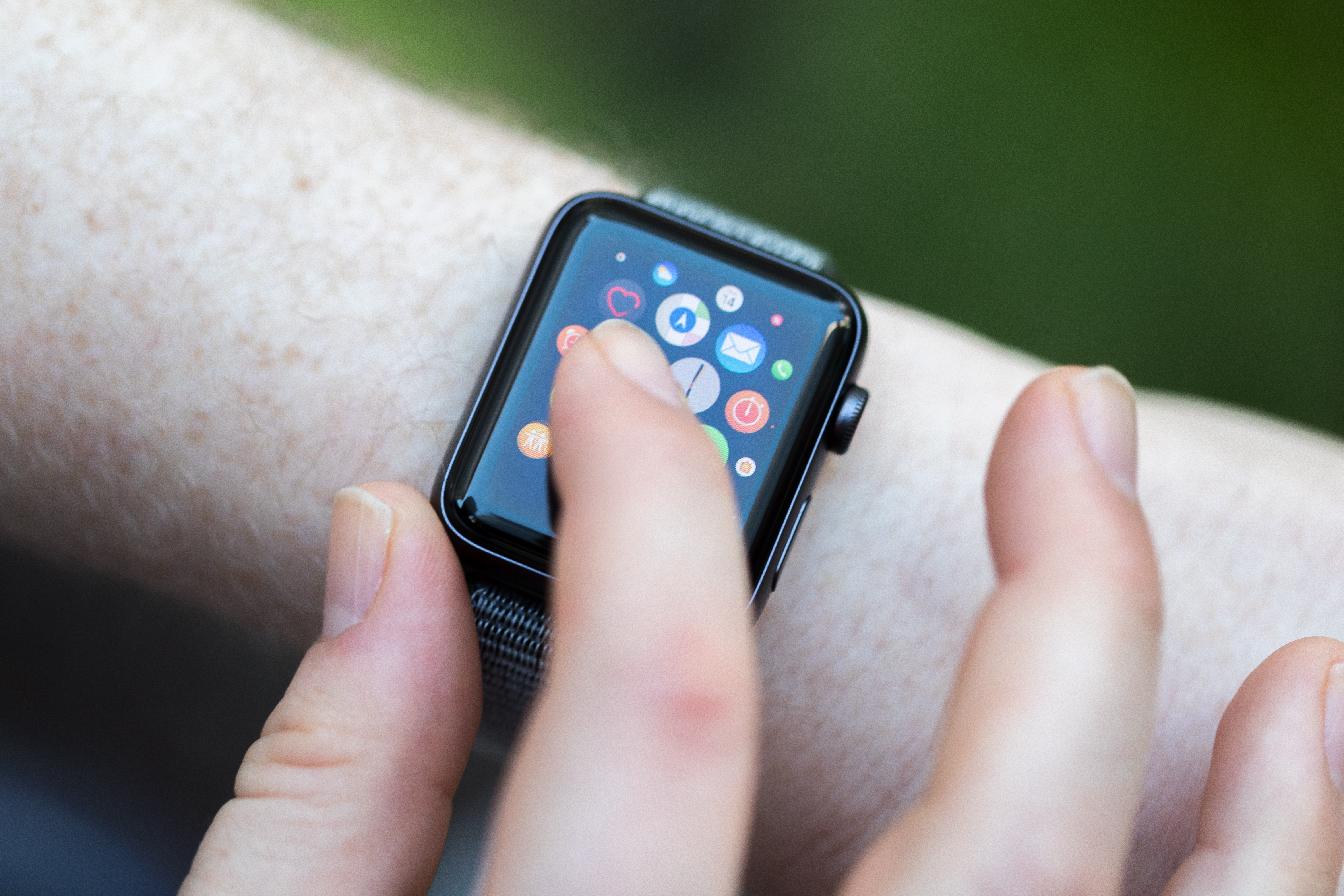 The inside, along with the outside, hasn’t changed too much. Storage has doubled for the LTE version to 16GB, which is good for caching stuff and also means you’ll be able to store more songs while you wait for Apple Music streaming to go live. The biggest changes, however, are the addition of the dual-core Apple S3 + Apple wireless W2 chip. Given the lightweight nature of many of the Apple Watch apps, you might not see a huge difference, day to day, but the processing improvements bring a couple of important additions that naturally are key to making the whole LTE experience work.
The inside, along with the outside, hasn’t changed too much. Storage has doubled for the LTE version to 16GB, which is good for caching stuff and also means you’ll be able to store more songs while you wait for Apple Music streaming to go live. The biggest changes, however, are the addition of the dual-core Apple S3 + Apple wireless W2 chip. Given the lightweight nature of many of the Apple Watch apps, you might not see a huge difference, day to day, but the processing improvements bring a couple of important additions that naturally are key to making the whole LTE experience work.
It took the new processor to finally get Siri speaking back to you through the built-in speaker. It seems like a small thing, but the Apple Watch is Siri’s most useful application to date. I rarely use the smart assistant’s voice functionality on my phone. Maybe I just never really got used to it — but more to the point, it’s just easier to type. When you’re dealing with 1.65 inches, that’s not really an option.
Talking to the watch is just way easier than typing a letter at a time — and while the software does a good job converting finger scribbles into letters, writing anything but a quick text is a chore. I’m also surprised to say that I didn’t find the act of talking to my watch super awkward. Perhaps decades of Dick Tracy have prepared us for the inevitability, but taking a quick call on the watch in a loud environment actually kind of worked — and I managed to not feel like an idiot in the process.
The W2 wireless chip, meanwhile, addresses the single biggest problem of bringing an LTE smartwatch into the world: battery. All of the questions and the jokes in the lead up to the Watch’s release revolved around this one key issue, because a wearable is only as good as its battery life. Apple said onstage that the Watch should get about 18 hours on a charge — and I found that wasn’t all that far off. With the watch untethered and LTE fired up, I made it through a full day, no problem.
Of course, there are a couple of caveats here — namely the fact that Apple Music functionality hasn’t been rolled out. If you’re spending a lot of time using the watch to stream music, the battery’s going to take a big hit. And while Apple’s done an admirable job maintaining battery life while adding cellular, the company needs to strive to improve the battery with each subsequent edition.
For its flaws, Fitbit’s Ionic is setting the bar extremely high with a promised four days of battery. The promise of truly ubiquitous activity and sleep tracking won’t be achieved when devices still need to be charged each time the wearable goes to bed for the night. It’s a lofty goal in such a small form factor, but Fitbit happily indicates that it’s not out of the realm of possibility.
Buy and cell
I can’t complain about a job that forces me to continuously cycle through new wearables. As ever, I’m excited for the next thing on my plate, but, as also, Apple has set a high bar. Like its predecessor, the Series 3 is mostly a vehicle for refinement. LTE aside, there’s little or nothing here that justifies the price of upgrade over last year’s model. Apple got the smartwatch thing pretty right on its first stab, and each generation makes the product that much better.
As for LTE, if I were buying a new Apple Watch right now, I’d have to give the whole thing a serious deliberation. The price gulf between $329 and $399 isn’t insignificant for most of us. But more to the point, the additional $10 a month you’ll be adding to your plan definitely adds up. Granted, it’s a couple of cups of coffee, but these days, $10 monthly service fees are starting to consume a pretty sizable portion of our paychecks.
But if that’s the one thing standing between you and a little more phoneless freedom in your life, perhaps it’s worth the price of admission. We can all probably benefit from cutting our caffeine intake.
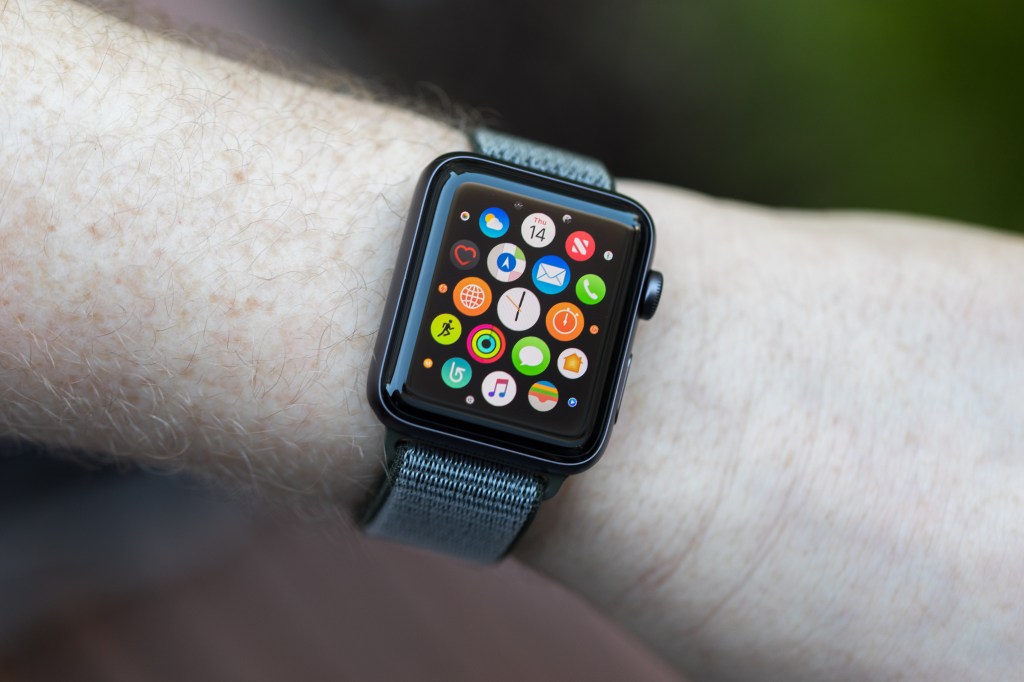
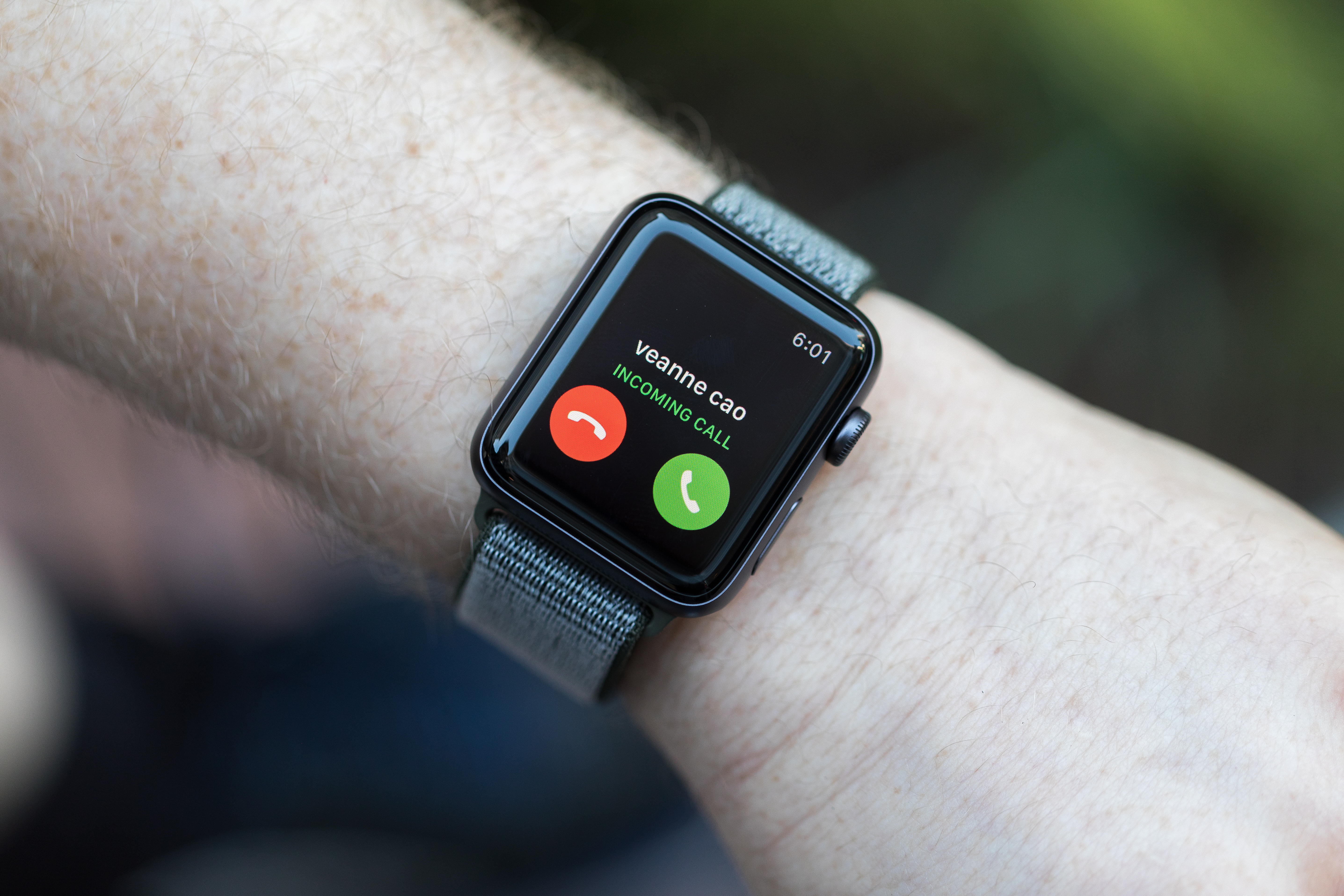
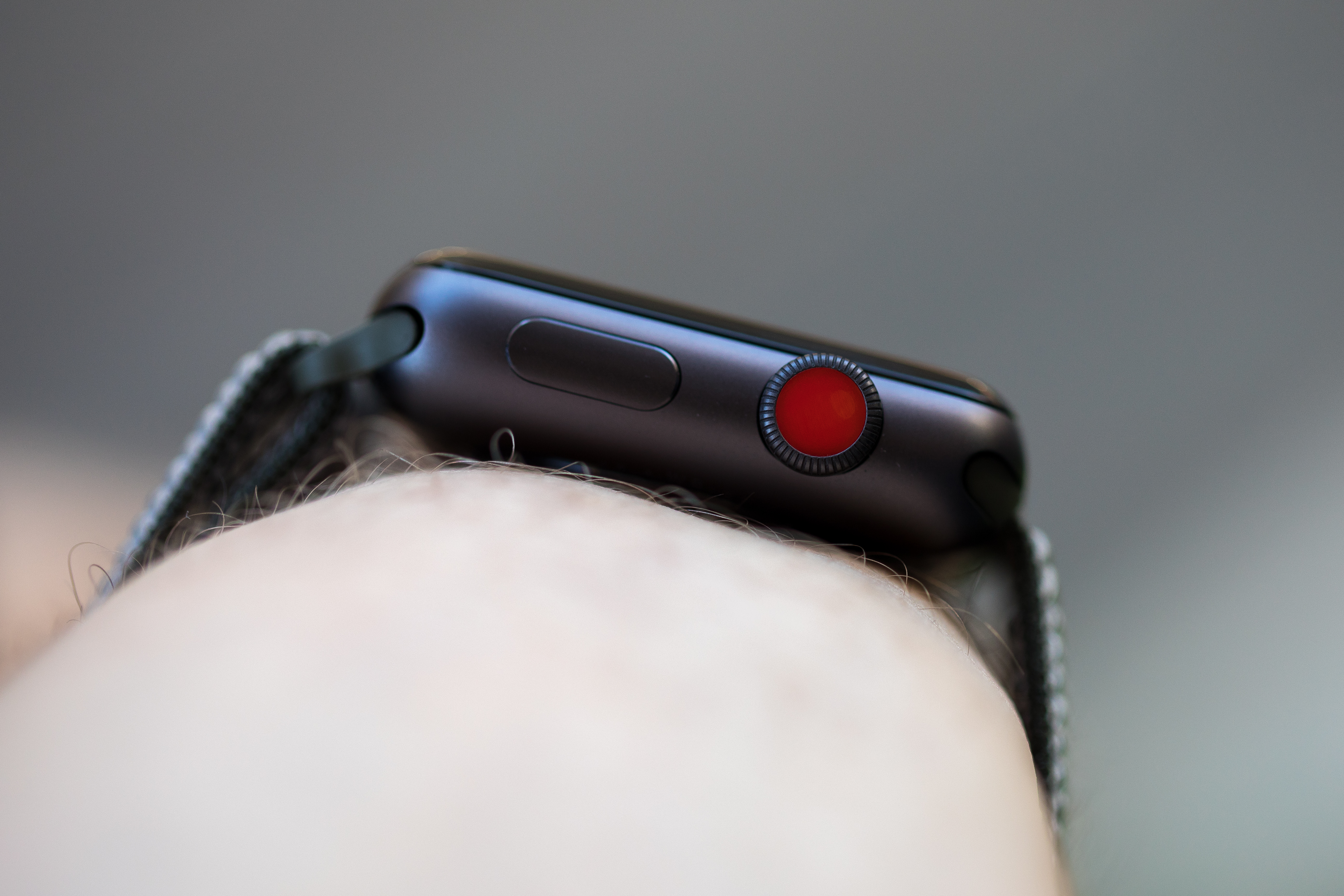
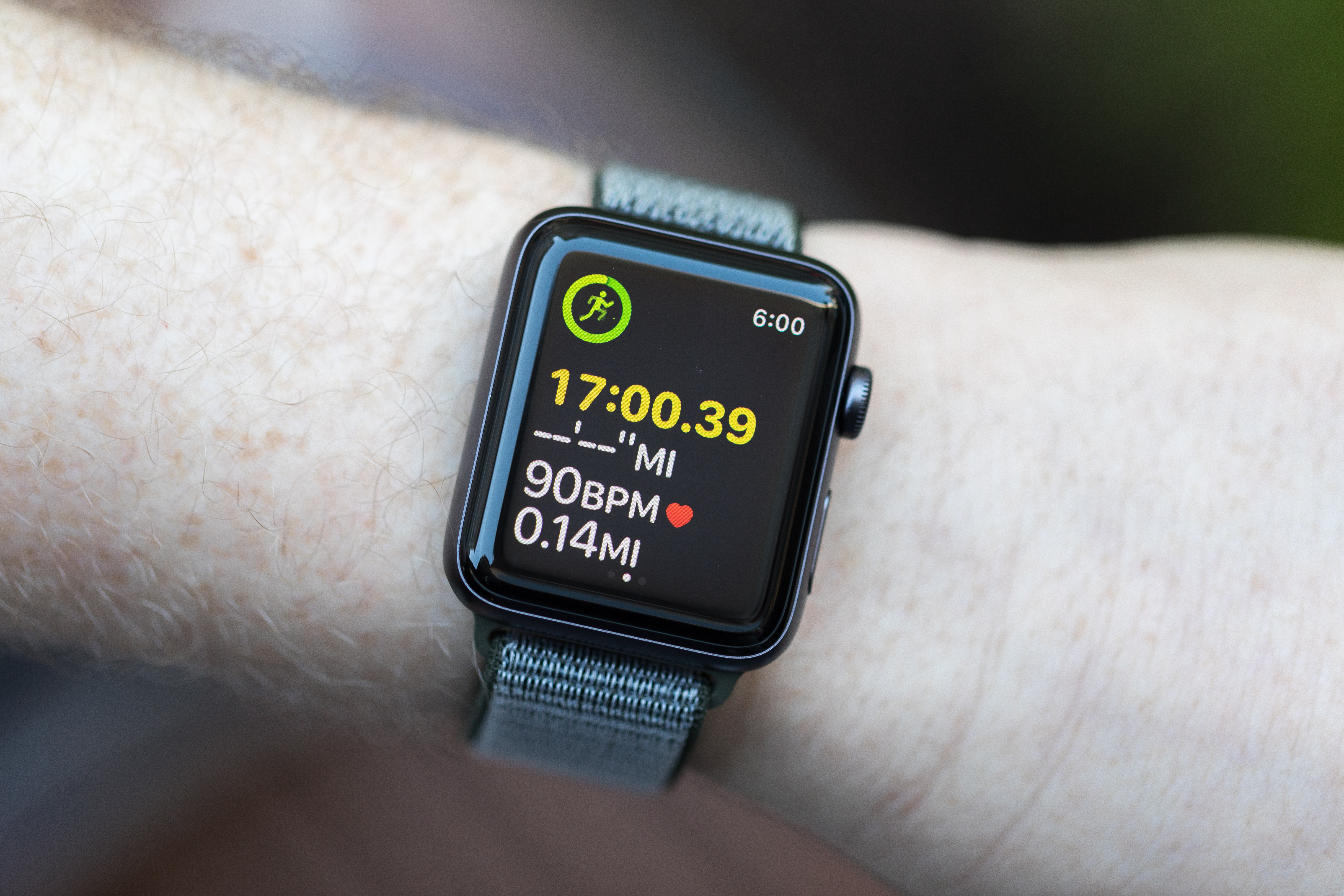
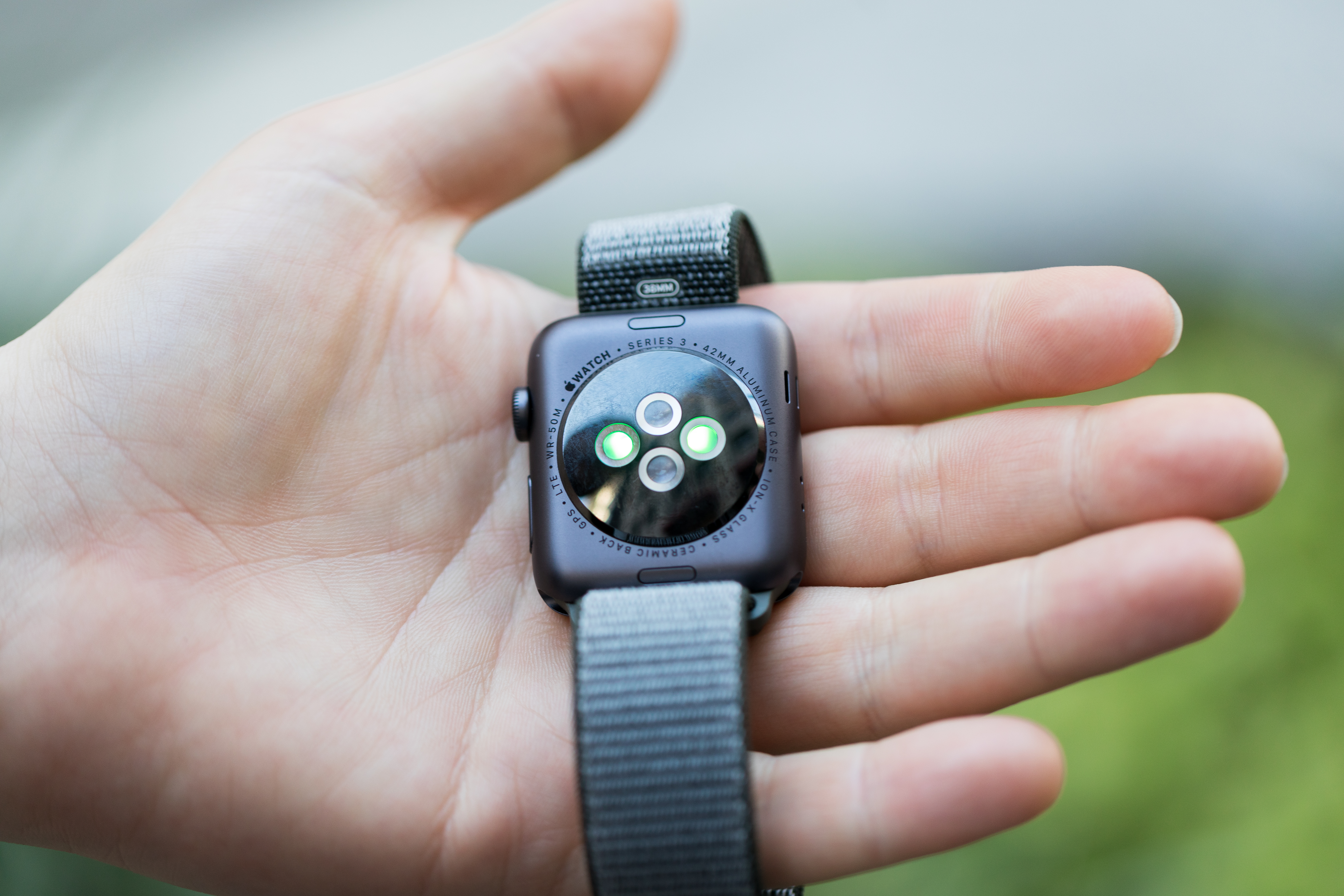






























Comment